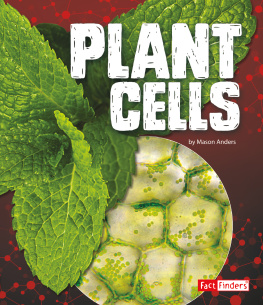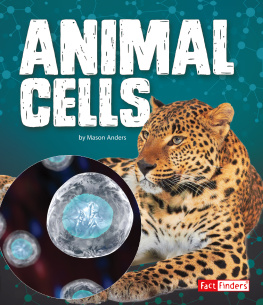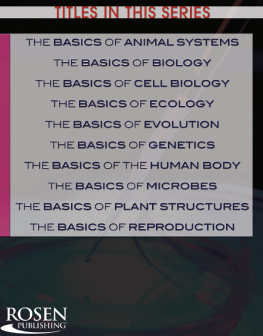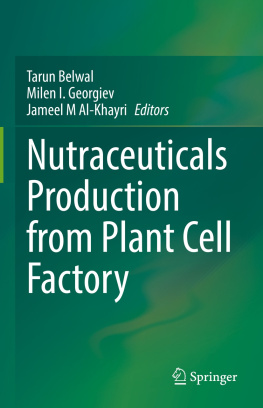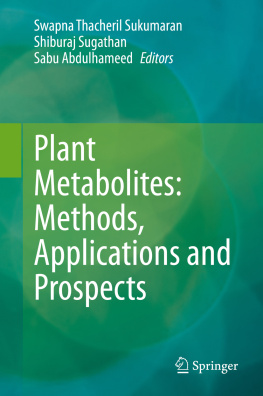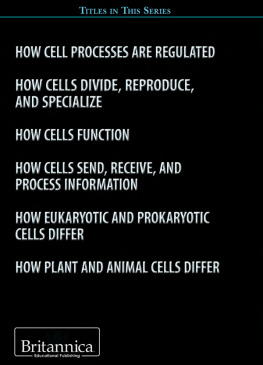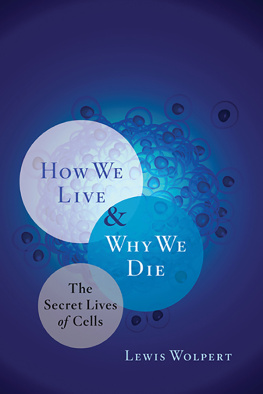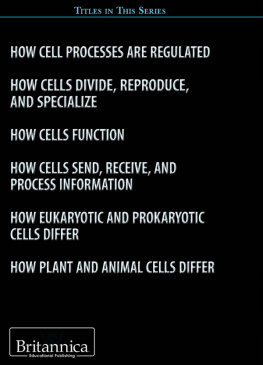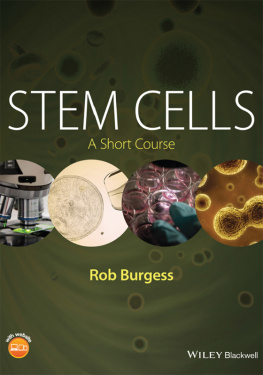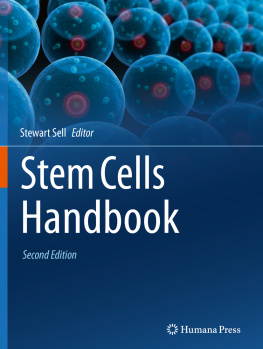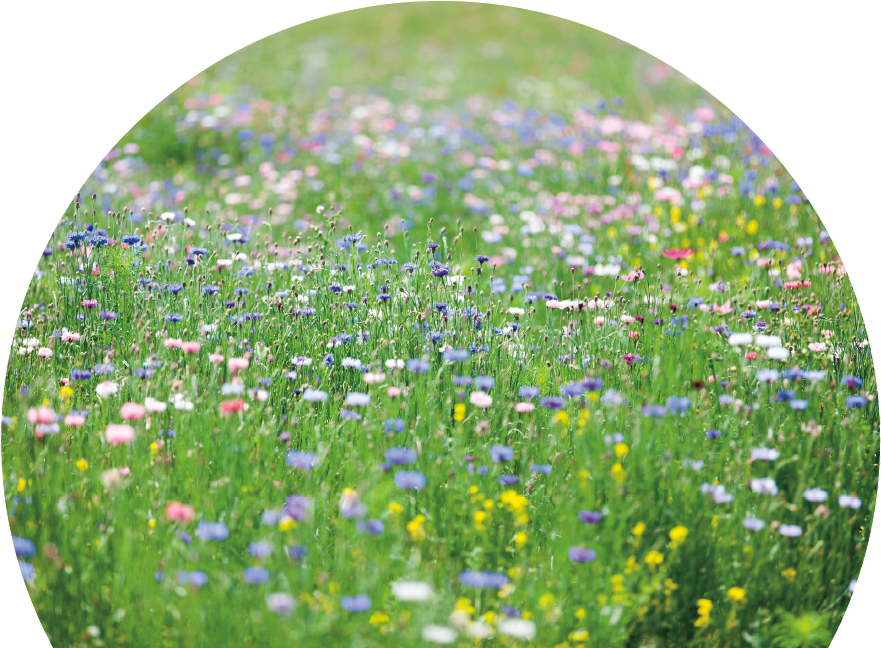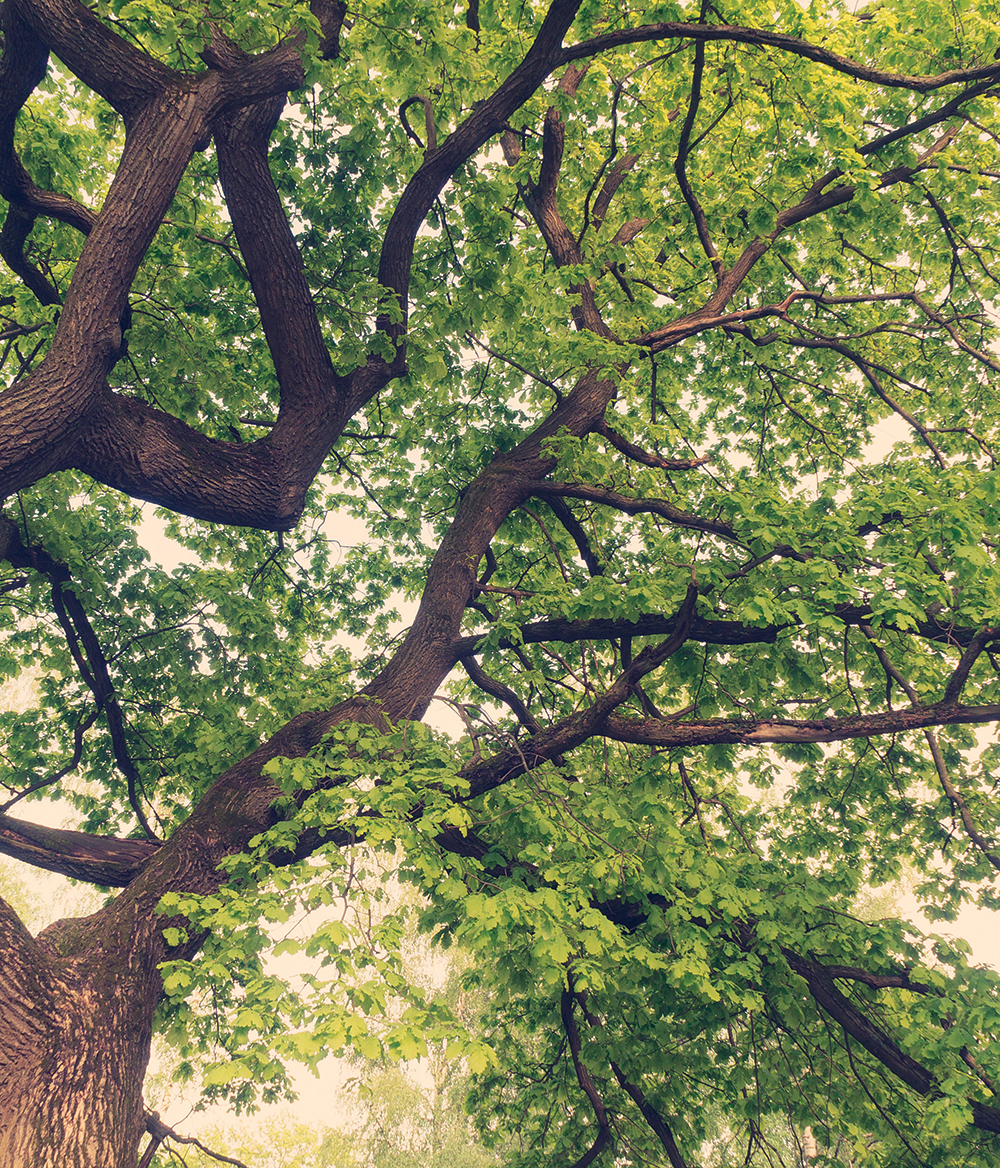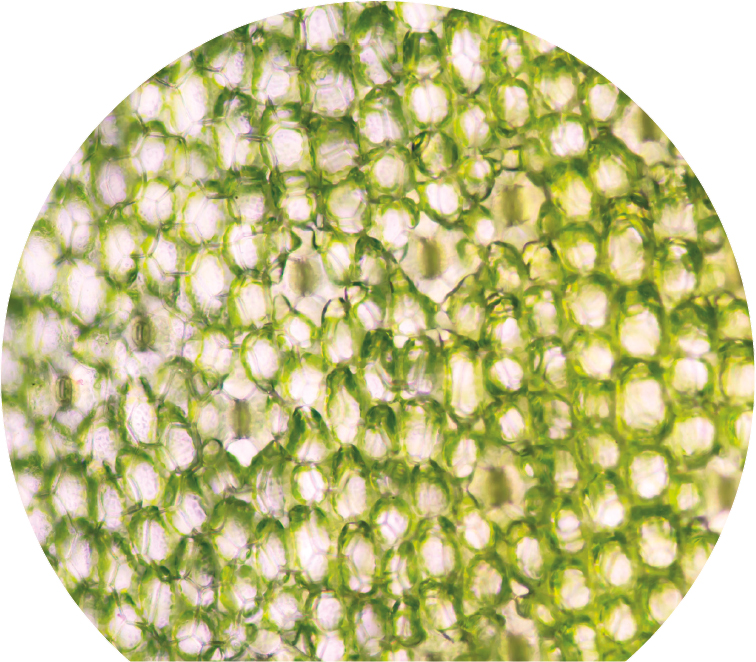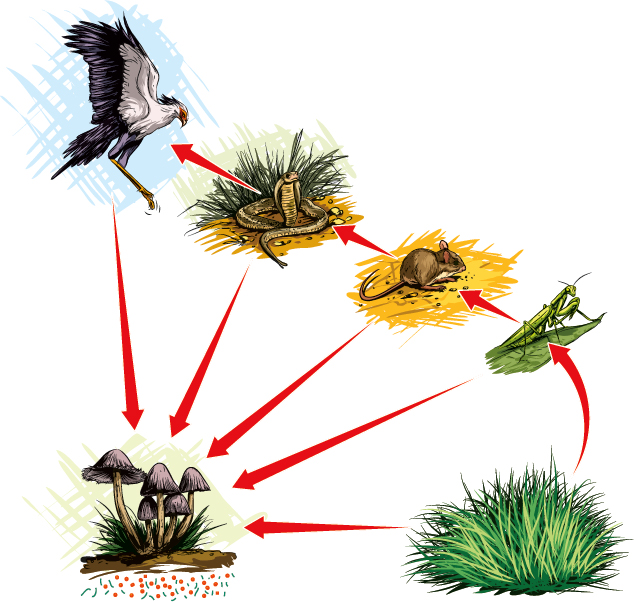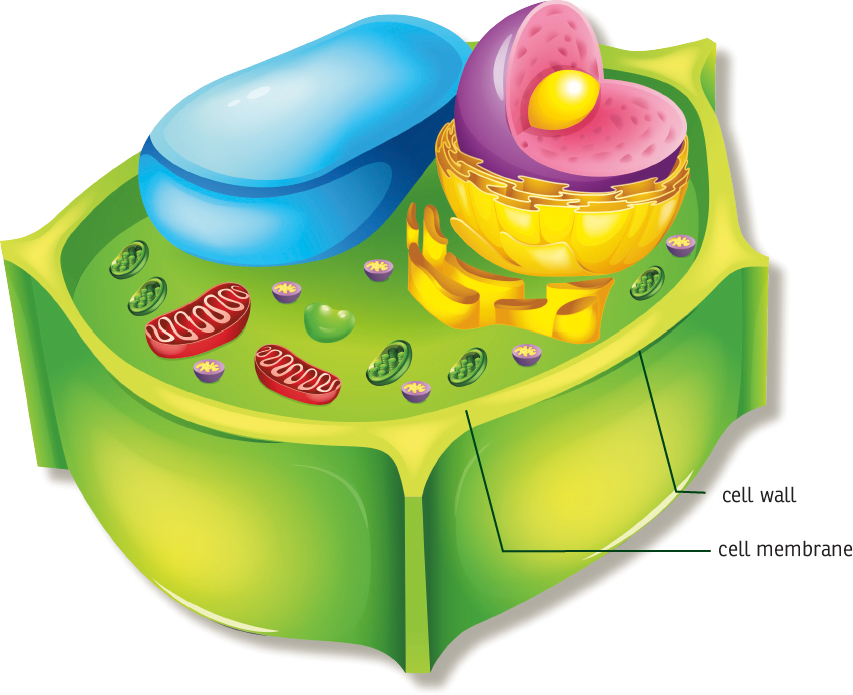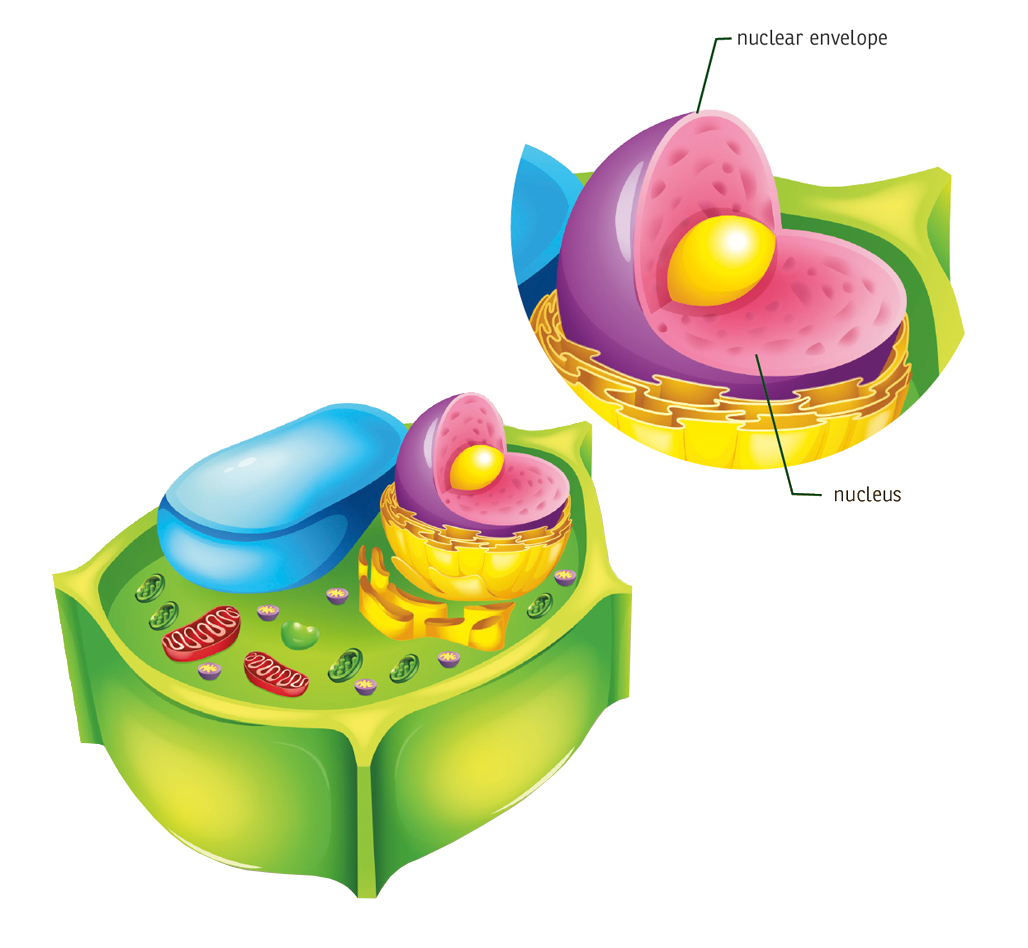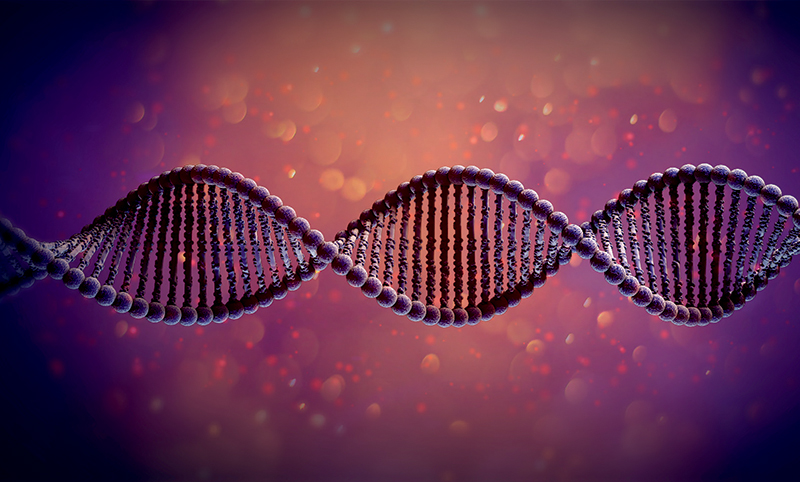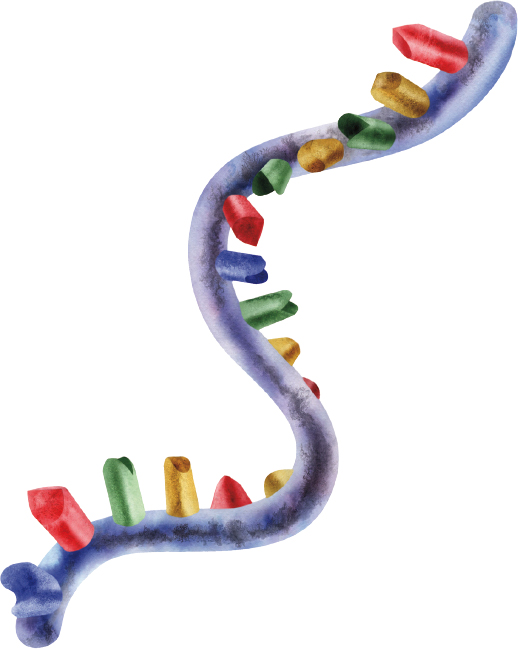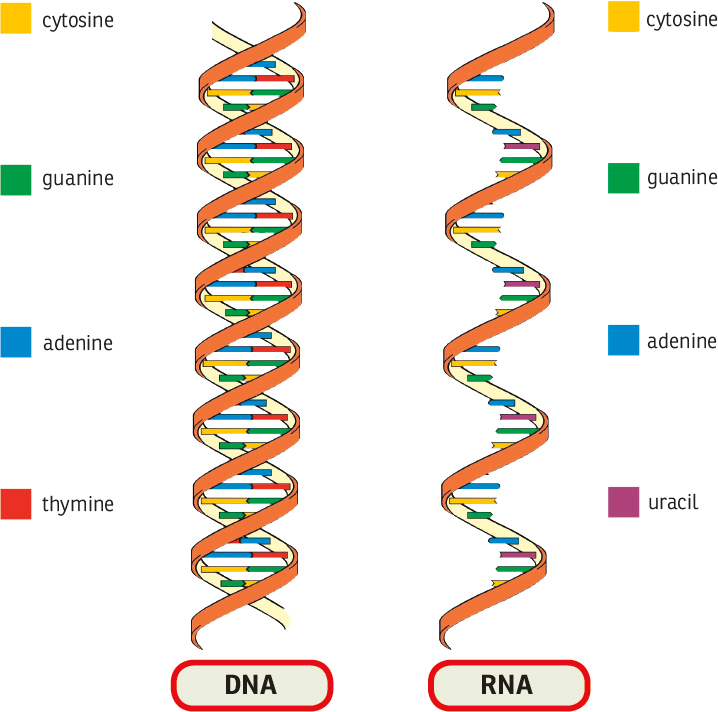CHAPTER 1
What Is a Plant Cell?
The thick branches of an oak tree. A beautiful rose. Tall prairie grasses. Soft moss on a forest floor. Trees, flowers, grasses, and moss are all different kinds of plants. Our planet hosts more than 260,000 species of plants that come in an astonishing variety.
Meadows alone can have hundreds of different flower, grass, and other plant species.
No matter how they vary, every single plant is made of a basic building block a cell. A cell is the smallest unit of life. It provides the basic structure and function for plants and every other living thing. Most cells are so tiny it takes a microscope to see them. The bigger the plant, the more cells it has. A single maple tree has trillions of cells.
From roots to leaves, every plant is made of millions of cells.
Each cell is a self-contained unit. A plant cell is constantly working. It makes food, and it releases energy from food to power different life processes. It gives off waste products, such as water vapor and oxygen. Plant cells are constantly dividing to grow deeper roots, taller stems, or new buds, seeds, and fruit.
Each plant cell has its own job. For example, special cells in the stem carry water up from the roots. Green cells in the leaves make food. How cells are arranged and what jobs they do create the differences from plant to plant.
microscopic plant cells
Plant cells form the basis of life on Earth. Cells of green plants, unlike animal cells, make their own food using energy from sunlight. Plants trap the suns energy, which becomes the basis of food chains. Some animals eat plants for food. Other animals eat plant-eating animals. The energy from the sun used by plants to make food is passed along from plant cells to animal cells.
As plants make their own food, they also give off oxygen. Both plants and animals need oxygen to live. By forming the basis of food chains and making oxygen, plant cells make life on Earth possible.
All food chains begin with plants and end with decomposers. Decomposers break down the remains of dead plants and animals. They release nutrients back into the ground. These nutrients are necessary for plants.
FACT
In the food chain, plants are known as primary producers. They are the primary source of all food on Earth.
CHAPTER 2
Two Borders
A plant cell is enclosed by two borders: a cell wall and a cell membrane.
Plant Cell
Cell Wall
A plant cell is surrounded by a boxy cell wall. Compared to other cell parts, cell walls are thick and strong. Cell walls protect plant cells and make them sturdy. They allow plants to grow tall without any bones to hold them up.
Cell walls have openings connecting one cell to another. These allow water, food, and nutrients to flow freely throughout the plant. Water can also escape through these holes. This is what happens when a plant . But even as the cell shrivels up, the cell wall holds its basic shape. When the plant is watered, it will stand tall again.
About one-third of all plant matter is . This is the material that makes up most cell walls. Plants make cellulose from sugar. But unlike simple sugar, tough cellulose cannot be dissolved in water. Cellulose fibers give wood its strength. They make up most of the cotton, paper, and other plant products we use.
Cell Membrane
Imagine the cell wall is like a box. The cell membrane is like a balloon inside it. This soft, stretchy skin holds the cell together. It also acts as the cells security system. It monitors what passes in and out of the cell. A cell membranes tiny holes let in only what the plant cell needs to live, such as water and nutrients. It lets out only wastes and other chemicals the cell does not need.
CHAPTER 3
The Nucleus
The nucleus is the control center of a plant cell. It works like the brain does in humans. It gives directions to the rest of the cell. The nucleus directs the cell through two important molecules DNA and RNA.
DNA
The nucleus encloses and protects deoxyribonucleic acid, or DNA. All the activities that a cell carries out depend on the DNA molecule. DNA is made up of groups of chemicals arranged in patterns. These patterns make up a code.
A plants DNA code provides instructions about how a cell should build and maintain a plant. A single unit of this code is called a . Genes also determine how many seeds a plant makes. Cells in seeds carry DNA to pass on to another generation of plants.
DNA has a double helix structure.
BASES
The chemicals that make up DNA are known as bases. They are adenine (A), thymine (T), cytosine (C), and guanine (G). Adenine joins with thymine, and cytosine joins with guanine. Each bond forms a rung in the twisted ladder structure of a DNA strand. Cells read base patterns three-letter words, or codons, at a time. Each codon means something different. For example, TGA means stop.
RNA
The nuclear envelope surrounds and protects the nucleus. Some substances can flow in and out through tiny pores in the membrane. However, DNA never leaves the nucleus it is too important. Instead, the information in DNA is copied onto another molecule called ribonucleic acid, or RNA. RNA is like a messenger. It can leave the nucleus. RNA carries DNAs instructions to the rest of the cell.
RNA carries genetic information from DNA inside the nucleus to outside the nucleus.
FACT
Like DNA, RNA also has four bases. They are adenine, guanine, cytosine, and uracil.
Cytosine always pairs with guanine. In DNA, adenine pairs with thymine. In RNA, adenine pairs with uracil.
CHAPTER 4
Organelles
Surrounding the nucleus is a region called the cytoplasm. Here, perform the cells jobs. These include making and sorting molecules, removing waste, and storing food and water. A plant cell has three main organelles. These are the central vacuole, chloroplasts, and mitochondria.

